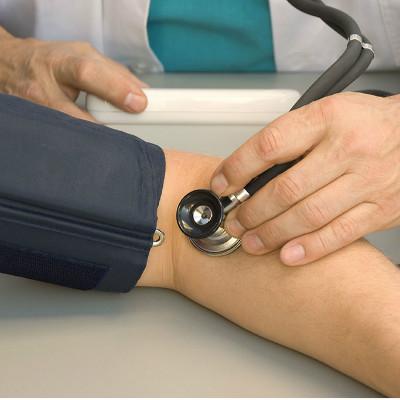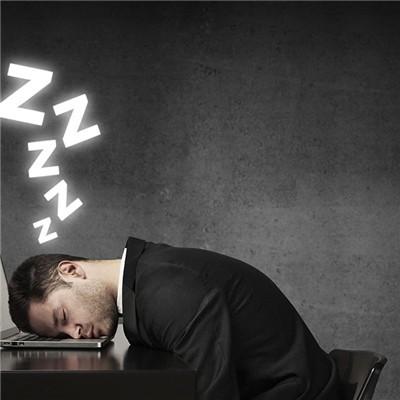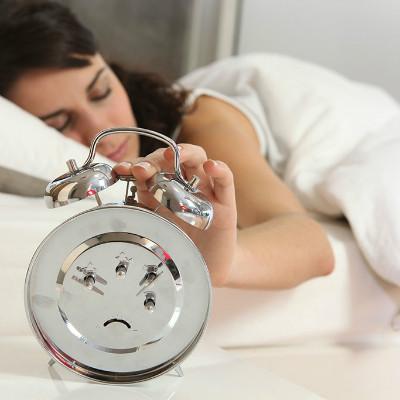Symptoms before cerebral hemorrhage
summary
Cerebral hemorrhage, commonly known as cerebral hemorrhage, is a kind of "stroke", which is a common serious brain complication in middle-aged and elderly patients with hypertension. Intracerebral hemorrhage refers to the hemorrhage caused by the rupture of blood vessels in the non traumatic brain parenchyma. The most common causes are hypertension, cerebral arteriosclerosis, intracranial vascular malformation, etc. it is often induced by exertion, emotional excitement and other factors, so most of them suddenly attack in activities. Clinically, the incidence of intracerebral hemorrhage is very rapid, mainly manifested as the damage of nervous system such as disturbance of consciousness, limb hemiplegia, aphasia, etc. It is one of the fatal diseases in the middle-aged and old people. Let's talk about the symptoms before cerebral hemorrhage.
Symptoms before cerebral hemorrhage
1. Patients with intracerebral hemorrhage usually have headache at the initial stage, which is the first symptom of intracerebral hemorrhage. The pain usually occurs on the side of the head where the hemorrhage occurs, and even extends to the whole head if it is serious. It is generally accompanied by dizziness, which needs our attention.
2. Some patients will appear the phenomenon of increased intracranial pressure, leading to eye symptoms, such as pupil size, in addition, hemianopia and eye movement disorders are also common, some patients will vomit due to dizziness, dizziness attacks, meningeal blood stimulation and other effects.
3. In addition, the majority of patients will also have movement disorders and language disorders, movement disorders patients will mainly appear hemiplegia, language disorders, patients will mainly appear aphasia symptoms or speech ambiguity, etc., all need our attention.
matters needing attention
To sum up, there are many early symptoms in patients with cerebral hemorrhage, which can not be generalized. We should pay attention to the corresponding treatment according to the specific symptoms of patients, keep the airway unobstructed, maintain the balance of water and electrolyte, etc.










